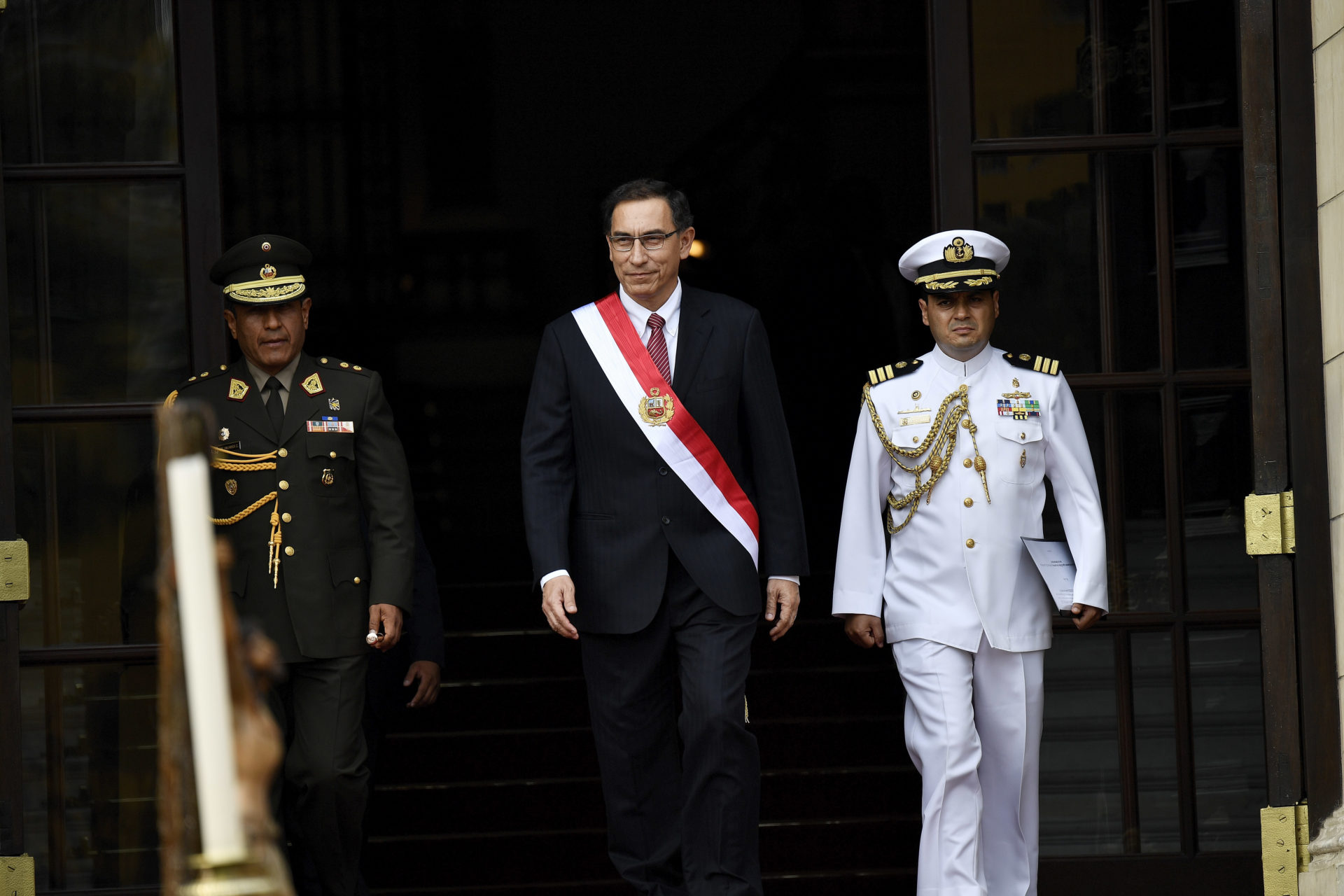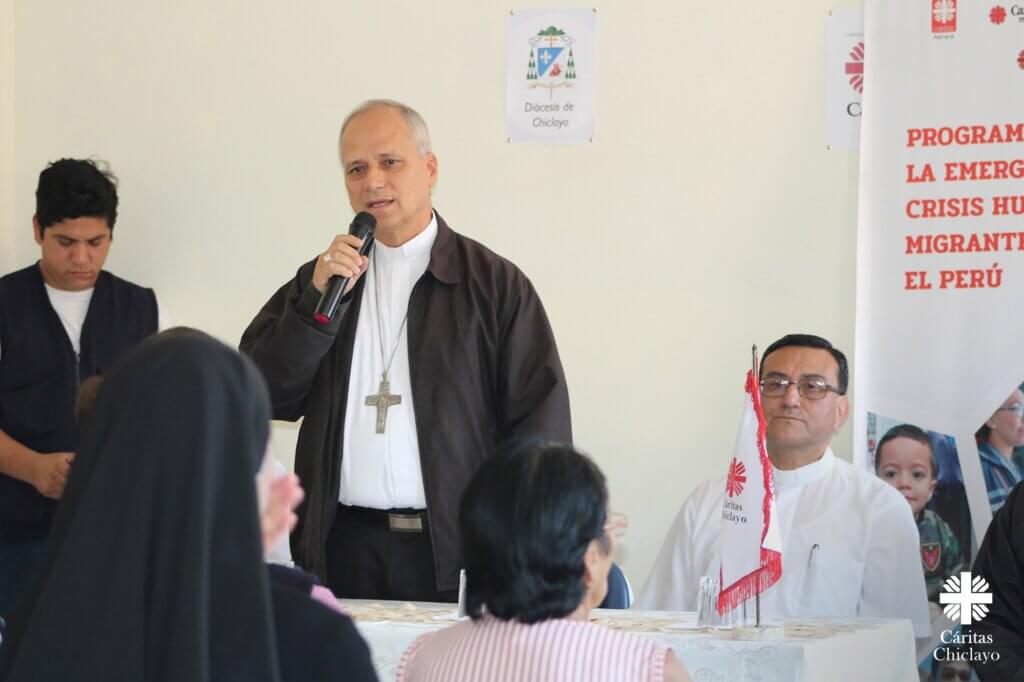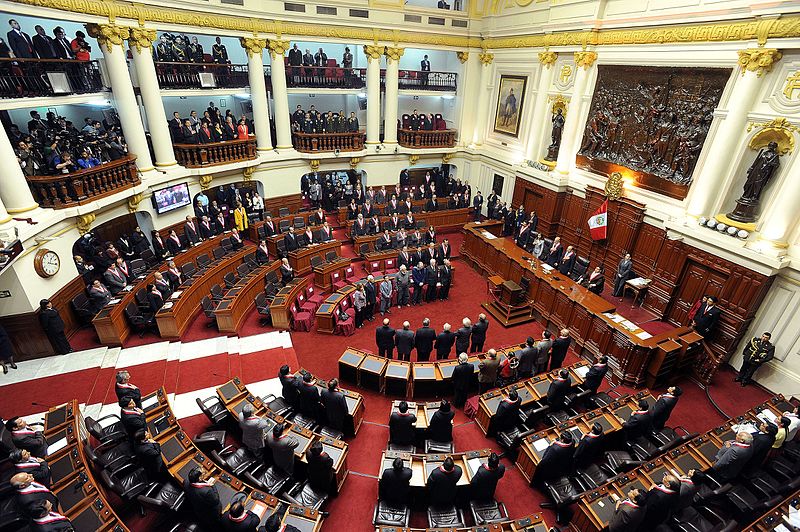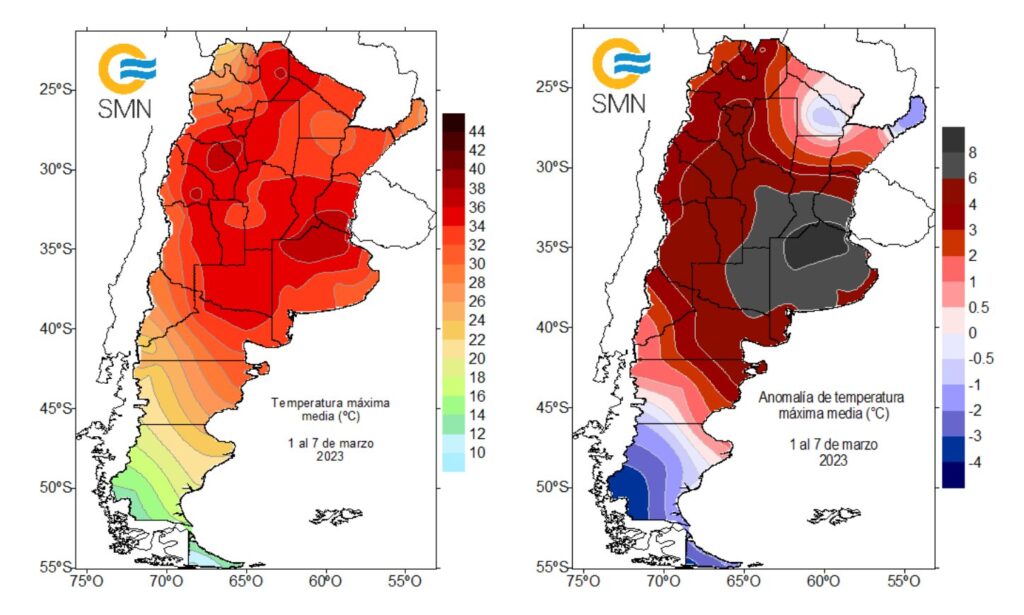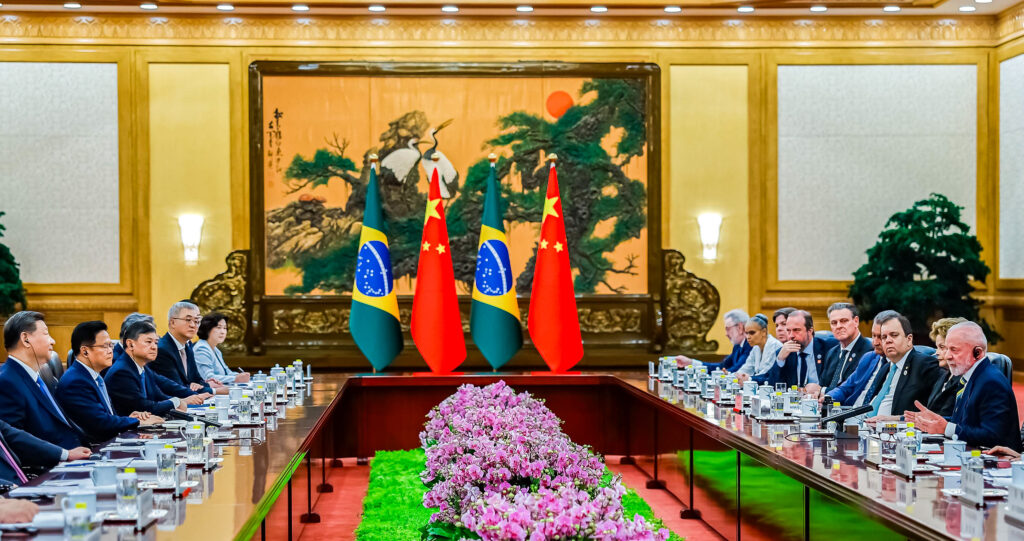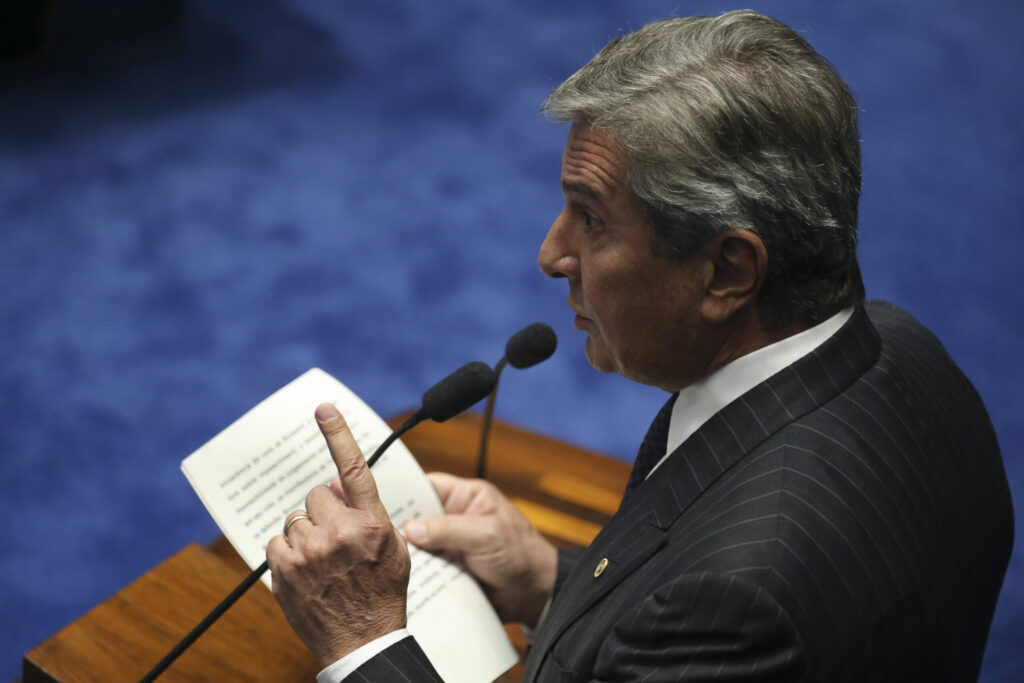On Monday night, President Martín Vizcarra announced his decision to dissolve Congress in a final blow to the institution which has long been resisting his anti-corruption drive. Since then, the vice president, Mercedes Aráoz stepped down after she was nominated to be the interim leader of the country.
Tensions between President Vizcarra and Congress spiked at the end of July, when Vizcarra proposed holding general elections next year as opposed to 2021. Although this proposal received widespread approval from a public who had grown disenchanted with domestic politics embroiled in corruption scandals, Vizcarra could only hold elections if he acted within the boundaries established in the Constitution.
As Michael Baney, a Latin American specialist at the international risk management company WorldAware, wrote in a Twitter thread on Peruvian politics, Vizcarra’s solution to this stalemate was to threaten to dissolve Congress by labeling the proposals a vote of confidence, which, if rejected, would force the cabinet to resign. The Constitution says that Congress can force the cabinet to resign by voting no confidence. Congress already rejected a previous vote of confidence during the administration of Vizcarra’s predecessor and running mate Pedro Pablo Kuczynski; the latter resigned and Vizcarra was sworn in as president.
However, the Constitution states that if Congress forces two cabinets to resign, the president may dissolve Congress and hold new Congressional elections. As Baney points out, there is ambiguity over whether this rule requires two cabinets to have a vote of no confidence rejected in one presidential term or under one president. Vizcarra has taken advantage of this ambiguity to threaten to dissolve Congress if it votes no confidence in his cabinet just once.
Read more: Peruvians demand dissolution of Congress
As far as Vizcarra is concerned, Congress effectively did vote no confidence in his cabinet by choosing to nominate a judge to the Institutional Tribunal before addressing his reform on the transparency of the selection process of judges for the Institutional Tribunal.
However, the leaders of Congress quickly countered that there was never any vote of no confidence, and Congress was thus still in question. The BBC reports that mere seconds before Vizcarra’s announcement the vote of confidence put forward by the government was in fact finally approved by Congress, thus leading the Chamber to denounce the president’s announcement as unconstitutional, allegedly giving them the constitutional premise to suspend him from his functions for twelve months for being ‘morally incapacitated.’
According to a Latin America Risk Report, there are complications with Vizcarra’s justification for the route he has taken: the president’s mandate to dissolve Congress comes from a Fujimori-written constitution, while the argument that the dissolution was necessary to protect the country’s democracy has a sinister echo of Alberto Fujimori’s justification for dissolving Congress in 1992. Combined with the fact that Vizcarra has not followed constitutional procedure to the letter, these factors could hinder the president’s case should it go to court.
The Constitution stipulates that elections to reform Congress must be held no more than four months after the dissolution of the Chamber. However, far from accepting the decision and awaiting Congressional elections, the Chamber passed a motion to suspend Vizcarra from his functions for twelve months. This political turmoil could hinder Vizcarra’s ability to call legislative elections, which if not held within the cited period, the dissolved Congress would reconvene with their authority fully restored and destitute the cabinet.
Effectively, the country is divided by two different interpretations of the constitution. It remains to be seen who will be entrusted with deciding which interpretation will be acted upon.


